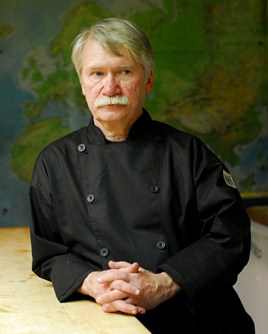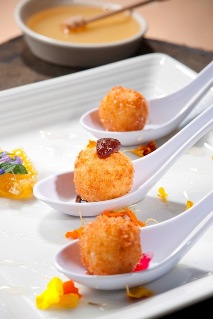Guest Speaker: Staff Meal—It’s All about Team
Tuesday, 11 September 2012 16:02
 Says this career educator, whether students in your program have a practice restaurant or not, teaching respect for the staff meal and how it contributes to a sense of team will follow your graduates to the kitchens that they work in and eventually run.
Says this career educator, whether students in your program have a practice restaurant or not, teaching respect for the staff meal and how it contributes to a sense of team will follow your graduates to the kitchens that they work in and eventually run.
By Paul Sorgule, MS, AAC
I just finished watching the United States Girls Gymnastics Team complete an impressive collaborative win. What was most impressive was not their individual athleticism (incredible), but more importantly how they worked together, felt together, supported each other and fed off of each other’s strengths. This is such an impressive feat that I naturally began to think about how this same energy and working philosophy could be imbedded in a culinary-school curriculum. The significance of team is what it’s all about.
I had the privilege many years ago of participating as a member of the 1988 U.S. New England Culinary Olympic Team, an experience that changed my entire outlook on life and my profession. We became a family and learned through trial and error to build on each other’s strengths and accept and help each other with our weaknesses. Yes, we very successful in the Frankfurt “Olympics,” but more importantly we discovered what it meant to get past teamwork and move on to “team.”

 Five ways to incorporate nutritious dry peas, lentils and chickpeas into the most important meal of the day.
Five ways to incorporate nutritious dry peas, lentils and chickpeas into the most important meal of the day. National Honey Board awards $8,000 in Culinary Institute of America scholarships to culminate Sweet 16 Honey Recipe Challenge
National Honey Board awards $8,000 in Culinary Institute of America scholarships to culminate Sweet 16 Honey Recipe Challenge The taco renaissance taking the nation by storm is spurred partly by innovative chefs. But Americans seem to have recently realized that just about anything tastes better and is more fun to eat when it’s nestled in a folded tortilla.
The taco renaissance taking the nation by storm is spurred partly by innovative chefs. But Americans seem to have recently realized that just about anything tastes better and is more fun to eat when it’s nestled in a folded tortilla.